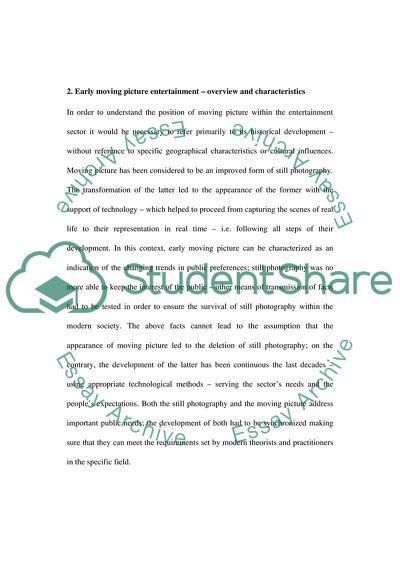Cite this document
(“How much did Early Moving Picture Entertainment Draw on, or Differ Assignment”, n.d.)
Retrieved from https://studentshare.org/visual-arts-film-studies/1559614-how-much-did-early-moving-picture-entertainment-draw-on-or-differ-from-conventions-in-still-photography
Retrieved from https://studentshare.org/visual-arts-film-studies/1559614-how-much-did-early-moving-picture-entertainment-draw-on-or-differ-from-conventions-in-still-photography
(How Much Did Early Moving Picture Entertainment Draw On, or Differ Assignment)
https://studentshare.org/visual-arts-film-studies/1559614-how-much-did-early-moving-picture-entertainment-draw-on-or-differ-from-conventions-in-still-photography.
https://studentshare.org/visual-arts-film-studies/1559614-how-much-did-early-moving-picture-entertainment-draw-on-or-differ-from-conventions-in-still-photography.
“How Much Did Early Moving Picture Entertainment Draw On, or Differ Assignment”, n.d. https://studentshare.org/visual-arts-film-studies/1559614-how-much-did-early-moving-picture-entertainment-draw-on-or-differ-from-conventions-in-still-photography.


